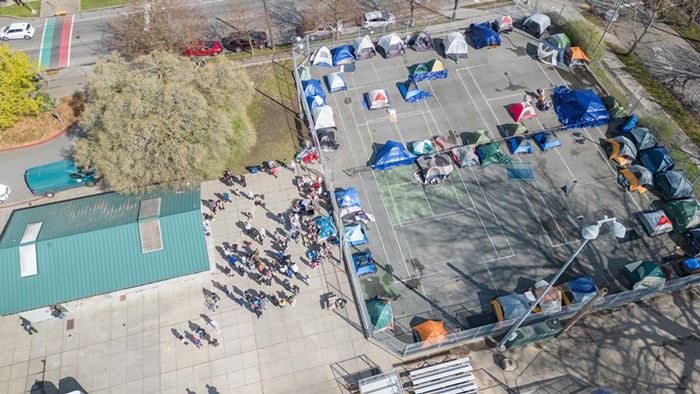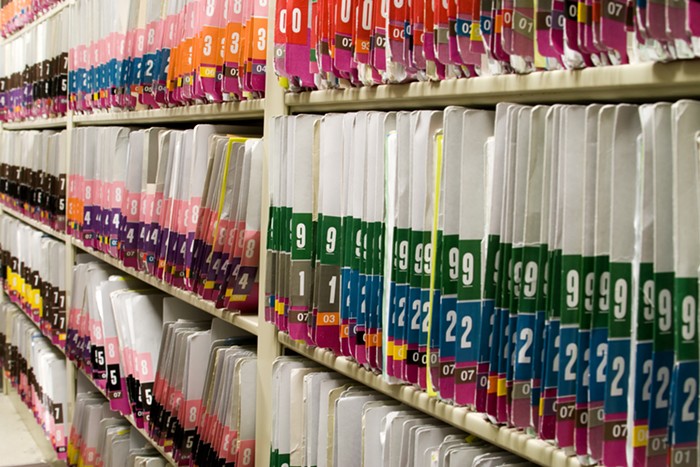
The Washington State Department of Transportation is hailing this week as a milestone in the unfortunate saga of Bertha, the $80 million tunnel boring machine that's been stalled for two years beneath downtown Seattle.
In the early hours of Tuesday morning, Seattle Tunnel Partners (STP) moved the repaired machine 1.64 feet, then another 6.5 feet by Tuesday afternoon. By the end of the day, STP had completed building tunnel rings 159 and 160, and Bertha had drilled more than eight feet. It was the first time in two years that the machine had drilled through soil after its extensive repairs.
"Yesterday we were monitoring all the TBM performance data very carefully," STP project director Chris Dixon said this afternoon at a press conference convened near the tunnel's south entrance. "Everything's performing exactly as it should. All the temperatures are fine. All the forces are fine. And we're very, very pleased in how the TBM performed yesterday."
Ya hear? Everything's fine. F-I-N-E. That said, it's important to consider the context in which Bertha was drilling. Up until this point, the machine has been tunneling through a mixture of backfilled sand and dirt—muck, really—and hasn't yet broken through the north wall of the access pit into Seattle's native soil. When the machine does breach that wall after the holiday break, that's when we'll be able to see how Bertha fares in the type of conditions the machine will face for the rest of its tunneling drive.
STP, in fact, will continue doing performance tests on the machine until it reaches "Safe Haven 3," a pit stop before Bertha starts drilling underneath the Alaskan Way Viaduct itself. Dixon said that he expects Bertha to reach Safe Haven 3 by the end of January. At that point, crews will do some maintenance and add more length to the machine's conveyor belt. Dixon estimated that the drive underneath the viaduct will start in March.

The big question looming over the project, of course, is whether Bertha can actually finish the job with the machine's new repairs. Thom Neff, an infrastructure consultant hired by former Mayor Mike McGinn to assess the tunnel project, has predicted that it won't—he anticipates that the tunnel will be completed, but not by our very expensive tunnel boring machine. (Meanwhile, it doesn't do much for public confidence that STP and the Washington State Department of Transportation are effectively refusing to talk about why they think the machine went kaput in the first place, likely for legal reasons.)
But Dixon maintained that he had full confidence that Bertha would finish the job and wouldn't run into any more obstacles. When I asked him when he'd really be able to breathe a sigh of relief about how the machine functioned, he said, "I'm already at that point."
Okay, Dixon. Let's see how Bertha does over the next 8,000 feet.


















